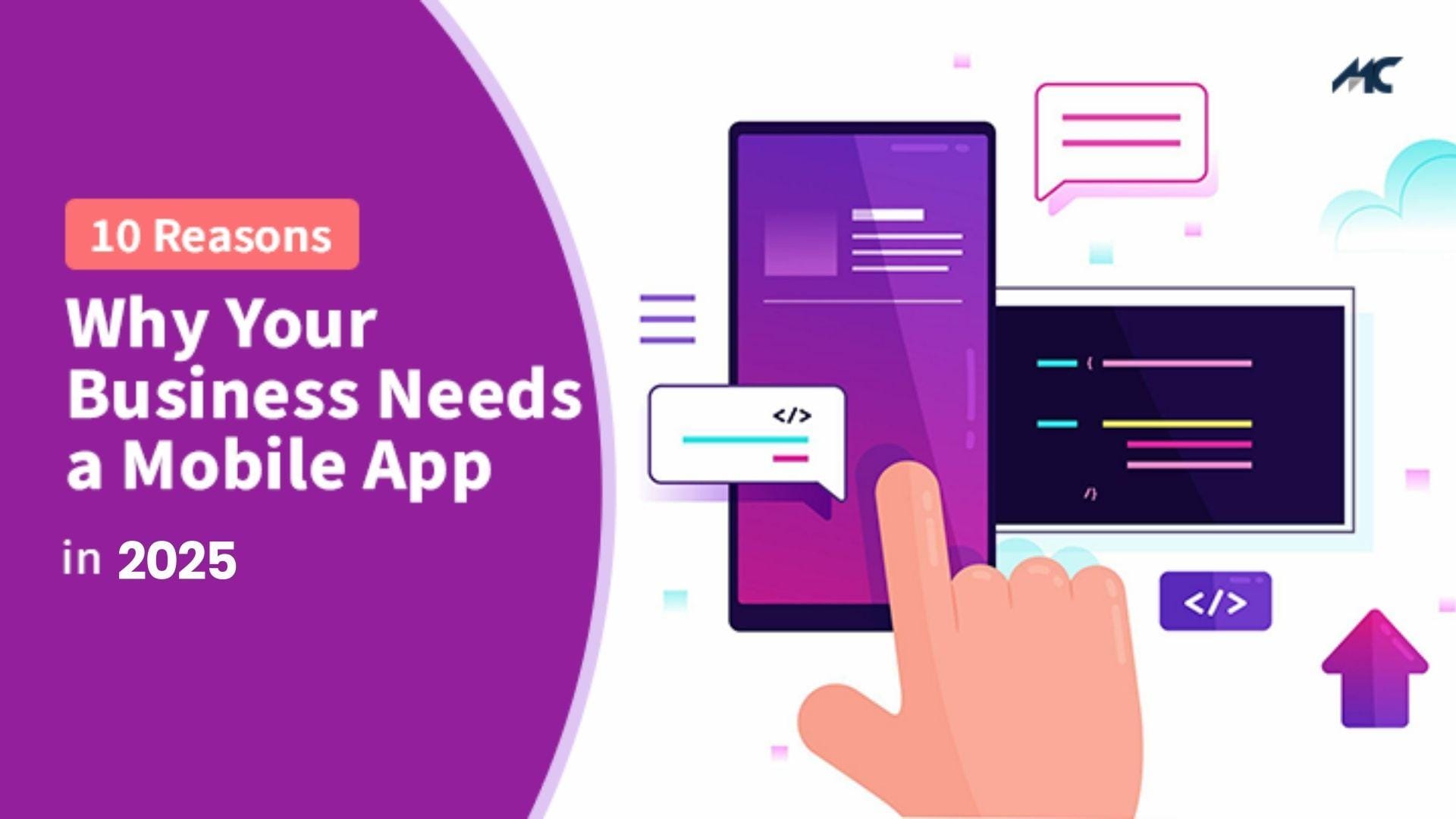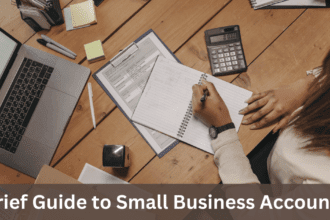
Let’s be honest: when you hear “your business needs a mobile app,” your first thought might be, “Really? My website works just fine!” But here’s the truth—2025 isn’t just another year. It’s a tipping point where mobile apps will no longer be a luxury but a non-negotiable tool for staying relevant.
Think about it: how often do you check your phone daily? 50 times? 100? Now imagine your customers doing the same. If your business isn’t in their hands (literally), you’re missing out on a game-changing opportunity.
Let’s break down why a mobile app isn’t just for tech giants anymore—it’s for every business ready to thrive in 2025.
1. Mobile Isn’t the Future—It’s the Now
By 2025, over 75% of global internet use will come from mobile devices—but it’s not just about browsing. Mobile apps are becoming the primary way people interact with brands. Take the rise of super apps like Grab or WeChat, which combine food delivery, payments, and social features into one platform. Customers now expect this level of convenience from all businesses, not just tech giants.
For example, a local coffee shop in Seattle saw a 30% increase in repeat orders after launching a simple app for pre-orders and loyalty points. Apps also integrate with mobile-first trends like 5G speeds and foldable screens, ensuring your business stays ahead of hardware advancements.
Key takeaway: A mobile app isn’t just an alternative to your website—it’s a faster, smoother, and more immersive way to engage users.
2. Customers Expect Apps—Even from Small Businesses
Think about the last time you downloaded an app for a small business. Maybe it was a neighbourhood gym offering on-demand workout videos or a boutique using an app to notify customers about restocked items. These businesses aren’t “techy”—they’re just meeting modern demands.
Why this works:
- 24/7 Accessibility: Apps let customers interact with your business outside working hours. A bakery app, for instance, can take pre-orders for 6 AM pickups without staff being awake.
- Personalisation: Apps remember user preferences. Imagine a pet store app that reminds customers when it’s time to reorder dog food based on past purchases.
Even B2B companies benefit. An HVAC repair company in Texas uses its app to let clients schedule maintenance, view service history, and pay invoices, reducing phone calls by 40%.
3. Push Notifications: Your Secret Marketing Weapon
Push notifications aren’t just alerts—they’re a direct line to your customer’s attention. While emails get buried, push notifications thrive because they’re:
- Actionable: “Your prescription is ready for pickup” works better than an email.
- Timely: Send a notification about umbrella sales on a rainy day.
Pro tip: Use geofencing (location-based triggers). A retail app can ping users with a discount when they’re near your store. Clothing brand H&M saw a 25% uptick in foot traffic using this strategy.
But balance is key. Too many notifications = uninstalls. Let users customise preferences (e.g., “Only notify me about sales”).
4. Apps Build Loyalty (and Your Wallet)
Loyalty programs in apps go beyond punch cards. They create habits. Sephora’s app, for instance, offers beauty tutorials and exclusive product launches, turning casual shoppers into devoted fans.
Creative loyalty ideas:
- Tiered rewards: Spend $500/year = Gold status with free shipping.
- Community perks: A fitness app could unlock live classes for members who refer 3 friends.
Even service-based businesses win. A freelance graphic designer uses an app to offer clients a “credit bank” for prepaid hours, ensuring repeat bookings.
5. Cut Through the Social Media Noise
Relying on Instagram or TikTok is risky. When Instagram temporarily hid “Like” counts, businesses saw a 12% drop in engagement. Apps give you control:
- No algorithm shifts: Your updates always reach users.
- Deeper insights: Track which features users love (e.g., a “wishlist” button).
Case study: An indie bookstore app includes a podcast and author Q&A section, creating a dedicated community that social media alone couldn’t sustain.
6. Apps Make Money—Seriously
Monetisation isn’t just about sales. Consider:
- Affiliate partnerships: A travel app could earn commissions by linking to rental car services.
- Premium tiers: A free meditation app with paid “sleep stories” (Calm made $200M this way).
7. Data = Smarter Decisions
Apps collect behavioural goldmines:
- Heatmaps: See which buttons users tap most.
- Session duration: Are users spending 2 minutes or 20 seconds on your product page?
Use this data to fix pain points. A food delivery app noticed users abandoned carts when delivery fees appeared, so they introduced a “free delivery pass”, reducing drop-offs by 35%.
8. Stay Ahead of Tech Trends
By 2025, emerging tech will rely on apps:
- Voice commerce: “Hey Siri, reorder my usual from Joe’s Pizza.”
- AR shopping: IKEA’s app lets users visualise furniture in their homes, reducing returns by 22%.
Even AI is app-dependent. A real estate app with a chatbot can answer buyer questions instantly, shortening sales cycles.
9. Apps Are Cheaper Than You Think
No-code tools like Glide or Bubble let you build apps for under $200/month. For example, a yoga instructor created a class-booking app in a weekend using Glide.
Cost-saving tips:
- Start with an MVP (e.g., just bookings + payments).
- Use templates: Shopify’s app store offers plug-and-play tools.
10. Future-Proof Your Business
Apps adapt as trends shift. When contactless payments boomed during COVID, businesses with apps seamlessly added “curbside pickup” buttons. In 2025, apps will integrate with AI wearables and metaverse platforms—staying relevant means staying flexible.
Objections Debunked
- “Apps are too time-consuming!” → No-code platforms require no coding. Update your app as easily as a website.
- “What if my app gets negative reviews?” → Feedback is a gift. Use it to improve faster than competitors.
How to Start
- Audience research: Survey customers—what app features would save them time?
- Prioritise: Start with 2-3 core features (e.g., booking, loyalty, push notifications).
- Partner up: Work with a mobile app development company or use no-code platforms like Glide or Bubble.
- Test: Launch a beta version with loyal customers for feedback.
Conclusion
In 2025, a mobile app will be as essential as a website was in 2010. It’s not about replacing your current tools—it’s about adding a direct, personalised, and profitable channel to your customers’ pockets.
The businesses that thrive will be those that stop asking, “Do I need an app?” and start asking, “What can my app do that my website can’t?” From AI-driven insights to loyalty-building superpowers, the answer is clear: apps are the ultimate growth tool.
Don’t wait for your competitors to corner the market. Start small, think big, and build an app that turns casual customers into lifelong fans.








